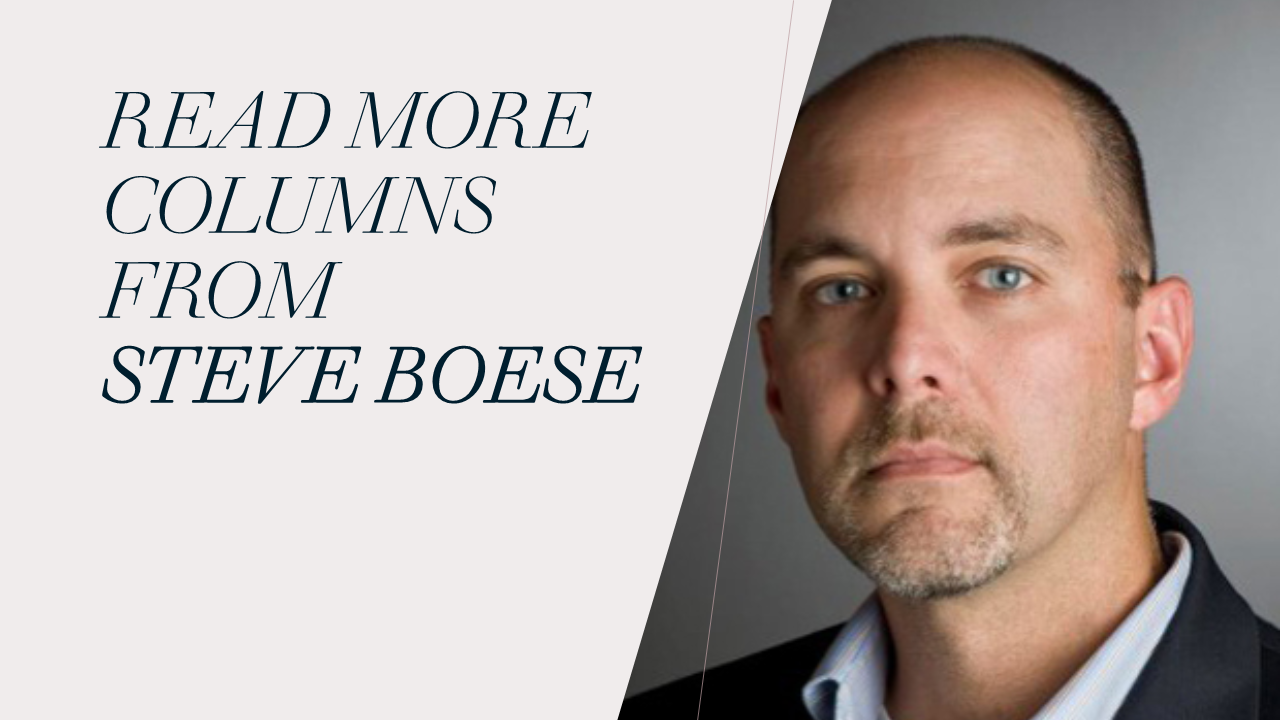The past year has shown us all just how critical HR is to the performance of a business. And with new Securities and Exchange Commission data disclosure guidelines going into practice, the role of HR has finally risen to its rightful place–the boardroom.
If you haven’t yet heard, for the first time in over 30 years the SEC has modernized its disclosure rules, requiring that public companies disclose far more detail about their human capital metrics than ever before. The move represents a fundamental shift in how the SEC perceives the health of businesses–and it elevates the prominence of CHROs in the process.
Spring HR Tech is coming (and it’s virtual and FREE!). Register here.
But times have changed since the SEC made its last major update to the disclosure rules back in the 1970s. In 1975, 83% of the value of S&P 500 companies was tied to the physical assets on those organizations’ balance sheets, according to Chief Learning Officer. Now, it’s almost flipped on its head. In 2015, 84% of the value of these companies mapped to human capital–and just 16% came from physical assets.

The health of a business is not just about the machines and physical space it owns. It’s about the people that make the business work. The pandemic served to spotlight that, and the new SEC rules reflect this reality.
Now it’s up to CHROs to meet this moment–to not just report on the HR metrics driving a business forward, but to make a meaningful impact on them.
Move Forward Confidently with a Data-Driven Approach
This isn’t just feel-good, benefits-focused HR. Now you are dealing with providing data to financial institutions like BlackRock, and billions of dollars will be traded on the metrics that you report.
Embrace this new reality. Understand that it isn’t going away, and use it as an opportunity. Though you may have felt compelled to report three metrics rather than 30, reporting as much as you can will empower your entire organization to optimize around moving the needle on people metrics as much as it has optimized on hitting quarterly earnings.
Related: Why ‘data is king’ for this CHRO
The starting point for all of this is visibility into where you stand today. Be aware that you’ll need more than just data from within your own core HR systems. You’ll also need data from the broader market. Choose the right partners to help you with this.
Once you have visibility, move from reporting to action as quickly as possible. This is essential because this data isn’t just a snapshot in time, it’s your benchmark to beat.
Assess and Address Retention
The SEC now asks public businesses to disclose material human capital metrics related to employee attraction, development and retention. It also references diversity and inclusion, engagement, employee satisfaction, and health and safety.
To move the needle on retention, ask yourself if you are creating meaningful opportunities to keep employees engaged. Despite the past year, it’s still a pretty good time to look for work.
[click_to_tweet tweet=”6 ways #CHROs can use the human capital metrics to guide #talent decisions and drive business.” quote=”Tweet this story” theme=”style3″]
A good retention effort can help you keep the next generation of workers. These individuals value growth, learning and experience–and these values carry through to the work world.
Establish a Clear Talent Development Plan
Have a clear understanding of how you’re developing your talent.
Focus on what your business needs. But also make sure that you are giving employees meaningful development opportunities at your organization.
Related: 5 ways to reimagine internal talent mobility
One way you can improve worker experiences and develop talent is by facilitating mentorships. As Harvard Business Review reports, mentoring “can be a powerful way to leverage generational diversity” and enable new and existing professionals to develop faster.
Also, allow employees to take part-time gigs and roles so they can upskill on the job.
Understand the Law of Attraction
Imagine creating an environment where people feel valued and love what they’re working on.
This is not necessarily where you will start. It’s an outgrowth of effective talent development and retention. Ensure that workers feel like there are constant opportunities available to them.
Employees will celebrate this, and people will recognize your brand as a place they can come to grow. An employee at one of our customers recently posted a comment saying they love their employer’s talent marketplace. It enabled that worker to identify three opportunities around the world at their existing employer in the past nine months.
Businesses that provide such visibility are unique. More than half the respondents of a Deloitte survey said it is easier to find a job outside than inside their organization.
Make it easy for employees at your organization to identify internal job opportunities.
Leverage Technology to Advance Faster
People are at the heart of such HR efforts. But technology can help you to gain insights about your organization fast and to act on that intelligence to move the needle on your HR metrics. For example, we’ve been able to show higher placement of females through blind hiring enabled by artificial intelligence.
AI is also a powerful way to understand what skills exist—and where—within your organization.
Say that you need someone to work on a technical project related to music. Typically, a recruiter would look at a person’s title and assess their skills in a certain technical discipline. But it may take a few conversations to learn that the candidate plays in a band or sings opera.
Use AI to gather relevant information more efficiently. A candidate’s LinkedIn mentions provide valuable clues about their interests. AI also can garner details from your badging system.
Get Started Now
CHROs historically thought they had to fill the funnel and then create inclusion. But when you create inclusion from within, you create diversity by attracting the right talent.
This is a big moment for CHROs. With the right strategy, technology and partners, you can enable your organization and its employees to succeed—and advance your own standing.



